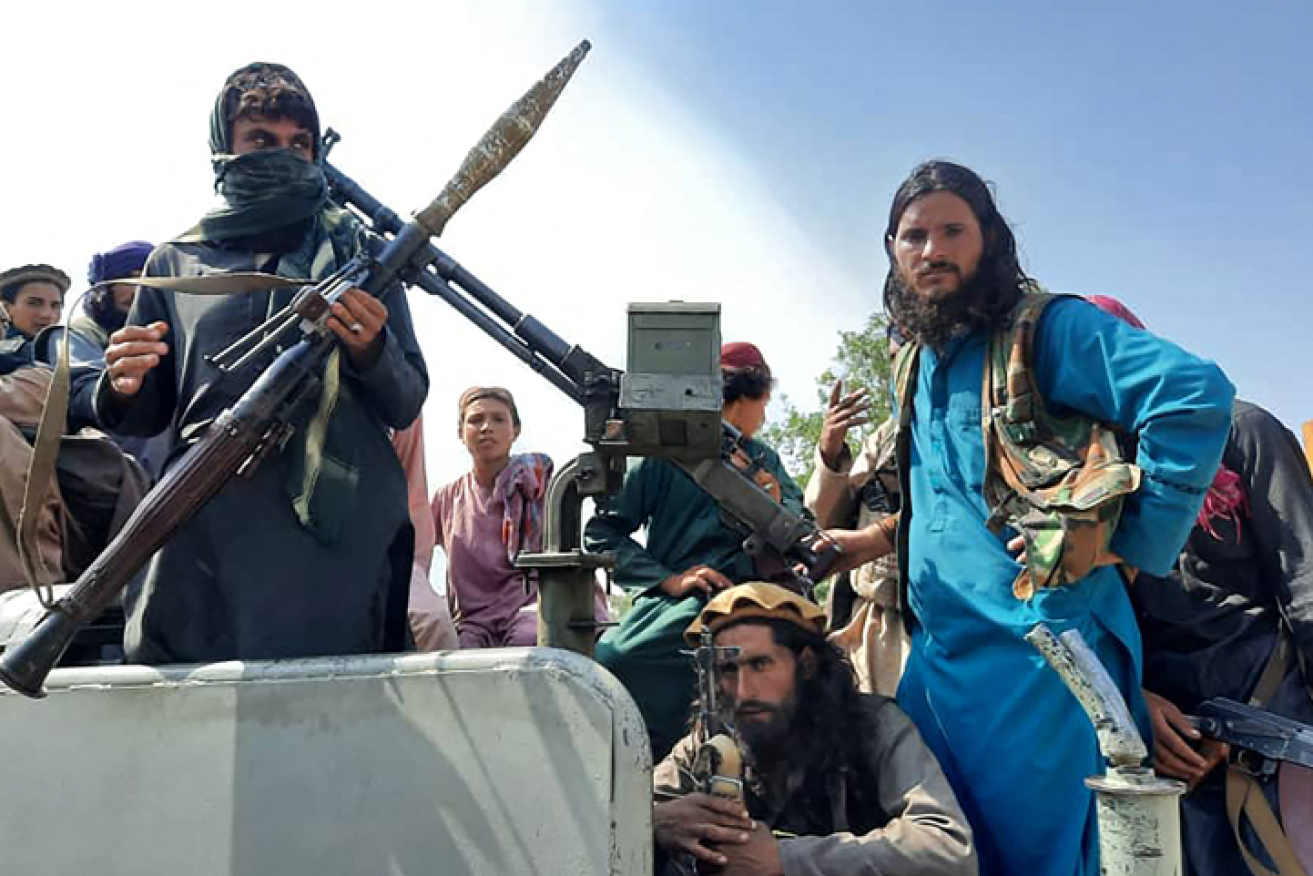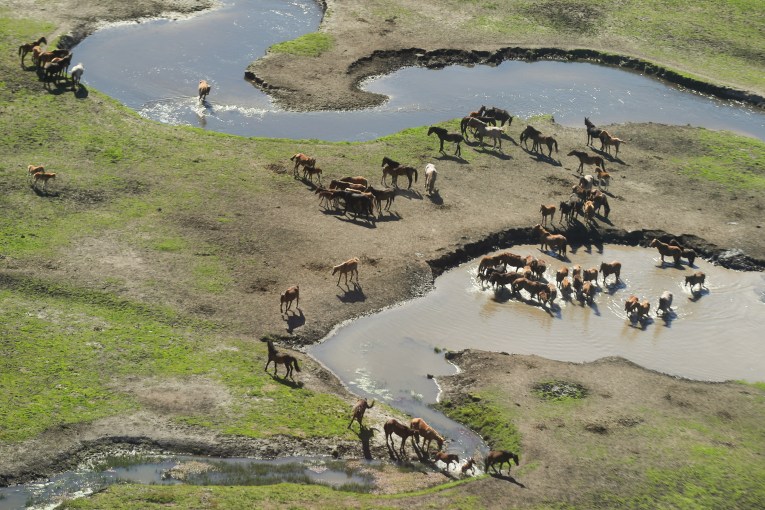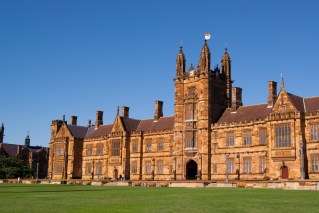The rise, fall and resurgence of the Taliban in Afghanistan


In many parts of the country, the Taliban seized control without engaging in combat. Photo: Getty
As the Taliban stormed Afghanistan’s presidential palace and seized control of the country, chaos erupted as civilians and foreigners tried to flee.
Helicopters airlifted people out of embassies and US and British troops were sent to secure the airport.
A Taliban official has said the group will soon announce the Islamic Emirate of Afghanistan from Kabul’s presidential palace.
It all seemed to happen so quickly. But this has been years in the making.
Who are the Taliban?
The Taliban emerged in the early 1990s in northern Pakistan following the withdrawal of Soviet troops from Afghanistan.
The mujahideen – or Islamic guerrilla fighters – were initially backed by the CIA as part of the Cold War with the Soviet Union, but took their Islamic teachings from Saudi Arabia.
“During the Soviet occupation of Afghanistan in the early 1990s, they were educated in extreme Sunni Muslim religious seminaries in Pakistan,” Professor Jacqui True, director of the Monash Gender, Peace and Security Centre, told The New Daily.
“They developed their early ideology and their approach to governing through a hardline form of sharia Islamic law.”
By 1998, the group had gained control of most of Afghanistan.
Initially, they were very popular – they stamped out corruption and made the roads safe for travel and commerce.
But their regime was brutal.
The Taliban banned television, music and cinema.
Girls aged over 10 were stopped from going to school and women were forced to wear head-to-toe coverings.
The Taliban carried out public executions for adulterers and murders, and often performed amputations on those found guilty of theft.
September 11
The group provided sanctuary to Al Qaeda leader Osama bin Laden as he planned the World Trade Center attacks on September 11, 2001, which killed almost 3000 people.
In the wake of the attacks, the US and its allies invaded Afghanistan, and by the first week of December, the Taliban’s regime had collapsed.
Key figures, including bin Laden, took shelter in neighbouring Pakistan.
But the Taliban continued their guerilla war against the US and its allies, and despite the high number of foreign troops in the country, they gradually regained their influence.

After September 11, George W Bush announced ‘a war on terrorism’ that led to military engagements in Afghanistan and Iraq. Photo: AAP
So, how did it happen so quickly?
“They have a saying: You have the watches, we have the time,” said Professor True. “Which is basically, ‘This is a long game’.”
“They claim it is their country, and they are better at governing it against foreign occupiers, so they have been building their power base across Afghanistan.”
Alongside its military campaign, the group has used local grievances about corrupt officials and the misuse of funds from Western countries to claw back influence in communities, she said.
“They’ve had a strategy which has been more influential,” Professor True said.
The peace deal
In 2018, the Taliban entered peace talks with the US, striking a deal in 2020 that saw the US agree to withdraw its troops if the Taliban agreed not to harbour terrorists or attack US forces.
“The agreement was made without any conditions around if the constitution would be maintained, or if women’s and childrens’ rights would be assured,” Professor True said.
“The talks have not achieved any peaceful transition of power.”
In the year that followed the peace talks, the Taliban appeared to shift tactics – conducting a wave of assassinations designed to terrorise Afghan civilians.
Journalists, peace activists, women in power were all on the hit list. The Taliban was preparing to take over and the message was clear – their extremist ideology had not changed.
When President Joe Biden announced in April that all American forces would leave the country by September 11, the Taliban started taking back large parts of the country.
Having outlasted the superpower after two decades of war, the group is now stronger than ever and counts 850,000 fighters among its ranks, according to NATO reports.
In many parts of the country, the Taliban seized control without engaging in combat, as the Afghan security forces disintegrated quickly or surrendered before shots were fired.
On Sunday, the Taliban swept into Afghanistan’s capital as the government collapsed and President Ashraf Ghani fled the country.
“The former Afghan president has left the nation,” the head of the Afghan National Reconciliation Council and a longtime rival of Ghani, Abdullah Abdullah, said in a video announcement on Facebook.
“He has left the nation in this state; [for that], God will hold him to account.”
Islamic government
Suhail Shaheen, a Taliban spokesman and negotiator, told The Associated Press that the militants would hold talks in the coming days aimed at forming an “open, inclusive Islamic government”.
During peace talks, the group tried to assure the world that women and ethnic minorities would be treated equally.
But Professor True said the reality would be much different.
“They’ve already told women to leave their jobs, to go home. They have already begun to implement their strict sharia law,” she said.
“The way the Taliban rules is an ongoing war for women, ethnic minorities and anyone who respects truth.
“I think we need to understand today, the world is a lot more insecure. It’s a really dire situation.”








